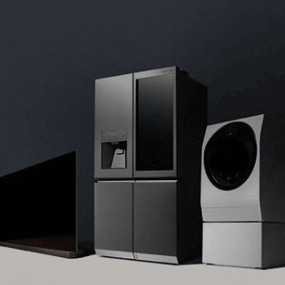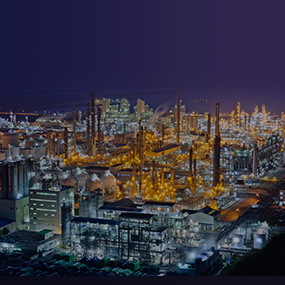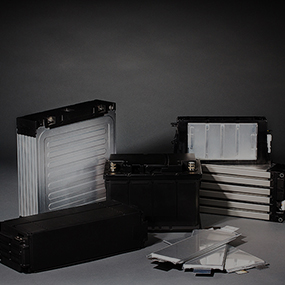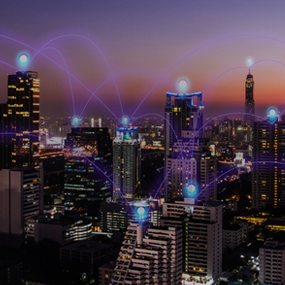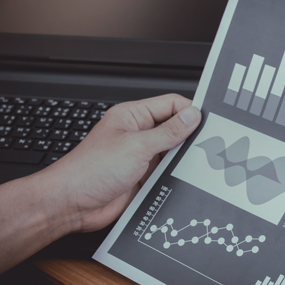LG Chem and Korea Zinc Subsidiary ‘KEMCO’ Established Joint Venture for Recycling-Precursors
2022.06.02■ On 31st, Chief Executive Officer Hak Cheol Shin and KEMCO President Choi Nae-hyun Enters Joint Venture Agreement
■ Establish precursor plant by investing over 200 billion KRW by 2024 at Onsan Industrial Complex
□ Shares to be divided by KEMCO at 51% and 49% by LG Chem
□ Procure precursor production capacity upwards of 20,000 tons per year by applying recycled metals, etc.
■ Construct stable supply system for core raw ingredients and materials
□ LG Chem: Procure domestic precursor supply chain using stable nickel sulfate supply and recycling
□ KEMCO: Procure reliable client in the domestic market and expand the battery materials business
■ Chief Executive Officer Hak Cheol Shin,
“Very meaningful in that our platform is becoming strengthened to become the world’s best comprehensive battery materials company”
“We will achieve ceaseless growth in the eco-friendly battery materials business through bold investments and collaboration”
LG Chem will establish a recycling and precursor joint venture with KEMCO, a subsidiary of Korea Zinc Co., Ltd., to strengthen its battery material value chain.
* Precursor: Raw material for cathodes manufactured by combining nickel, cobalt, manganese, aluminum, etc., and accounts for approximately 70% of cathode material costs
LG Chem announced on the 31st that it entered a contract for the establishment of a joint venture with KEMCO at the head office of Korea Zinc in Nonhyeon-dong, Seoul. At this ceremony, key figures such as LG Chem Chief Executive Officer Hak Cheol Shin, Korea Zinc Co-Vice Chairman/Co-CEO Choi Yun-Beom, and KEMCO President & CEO Choi James Soung were present.
The joint venture will divide shares into KEMCO at 51% and LG Chem at 49%. It will be constructed as an exclusive line for NCMA (Nickel, Cobalt, Manganese, Aluminum) precursors that will be used for next-generation EV batteries, which LG Chem is focusing on in the Onsan Industrial Complex in Ulsan. Plans are to invest more than 200 billion KRW by 2024 to procure over 20,000 tons of precursor production capacities annually such as applying recycled materials, etc. Construction is slated to begin in July of this year and mass production is expected to begin from Q2 of 2024 and will be supplied to the LG Chem Cheongju Cathode Materials Plant.
The joint venture will produce precursors using not only metals produced and supplied by KEMCO, but also recycled metals extracted from waste scrap and waste batteries.
In particular, the recycling process of the joint venture combines dry and wet processes to maximize metal recovery rate compared to existing processes. By adopting an eco-friendly process that recycles waste water in the extraction process and that can minimize discharge of harmful substances, plans are to preemptively respond to global environmental regulations that are becoming stricter as time passes.
With this joint venture, LG Chem will be able to receive a stable supply of high-quality nickel sulfate, while procuring recycling capacities, and KEMCO will procure a stable client in the domestic market as it expands its battery materials business portfolio.
KEMCO possesses one of the top capacities in the world through its nickel sulfate production capacity of 80,000 tons per year. Furthermore, based on the nonferrous metal smelting technologies of its mother company, Korea Zinc, it possesses expert technologies for extracting core raw materials for batteries such as nickel, cobalt, and manganese.
LG Chem Chief Executive Officer Hak Cheol Shin stated, “This joint venture is very meaningful in that our platform is becoming strengthened to become the world’s best comprehensive battery materials company,” while adding, “We will achieve ceaseless growth in the eco-friendly battery materials business through bold investments and collaboration.”
KEMCO CEO Choi James Soung commented, “Despite raw materials being a key issue throughout the world, nickel procured by KEMCO had nowhere else to go but for exports until now.” He went on saying, “Based on our world-leading metal smelting capabilities, we will contribute to the localization of precursors, which is the missing link in the Korean battery industry.”
